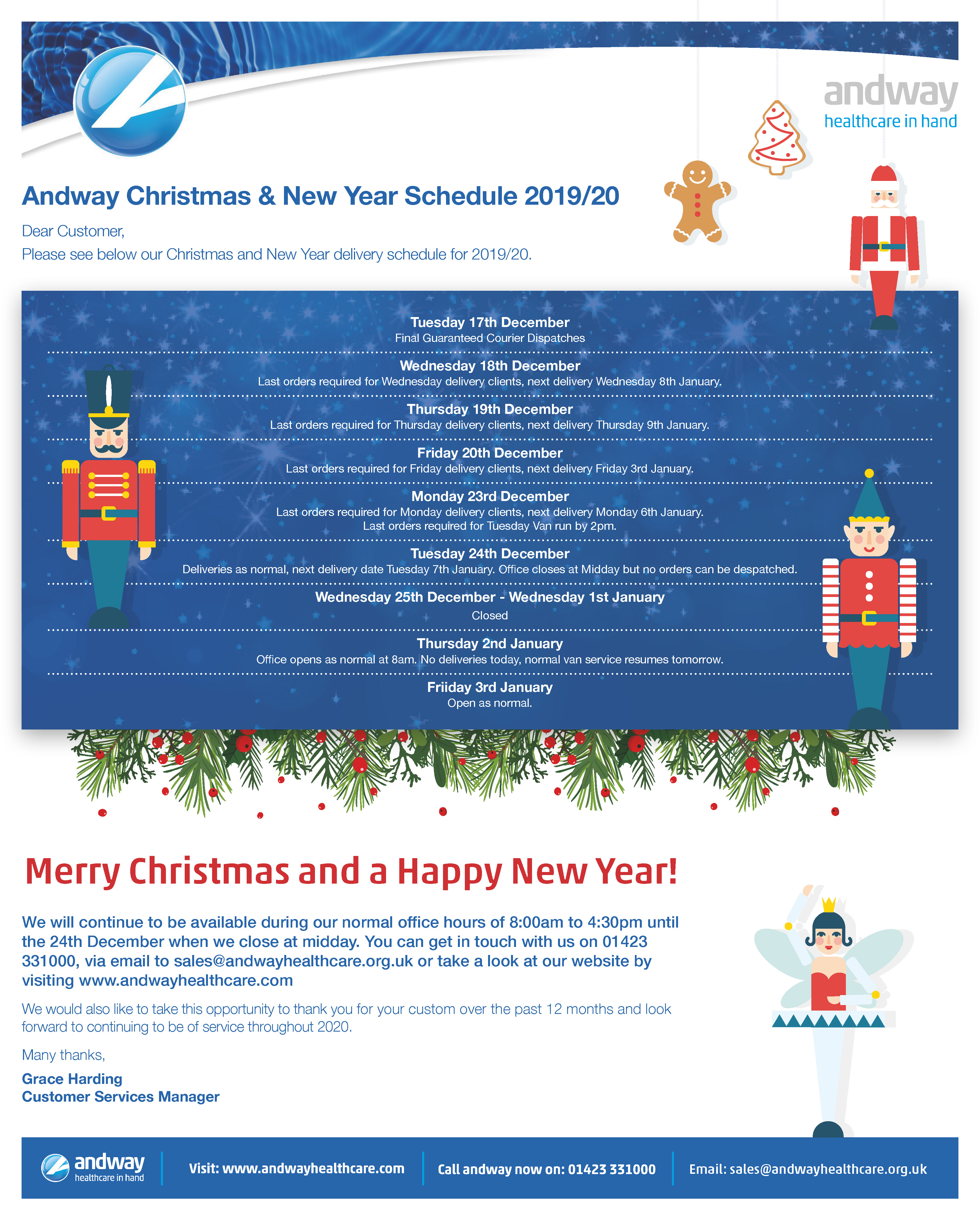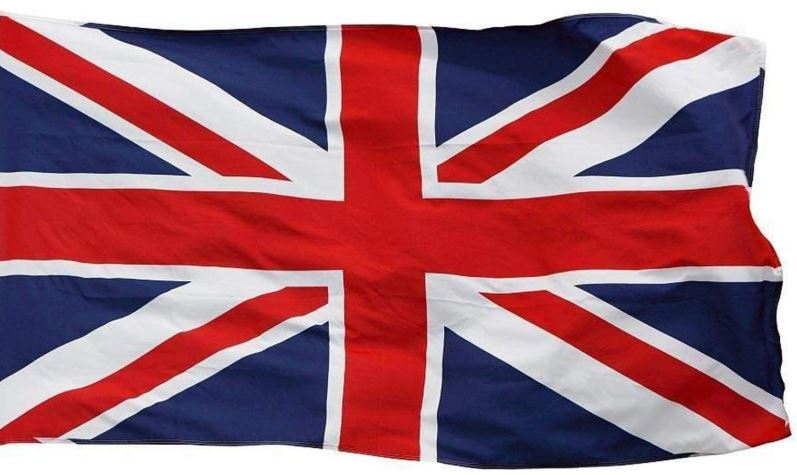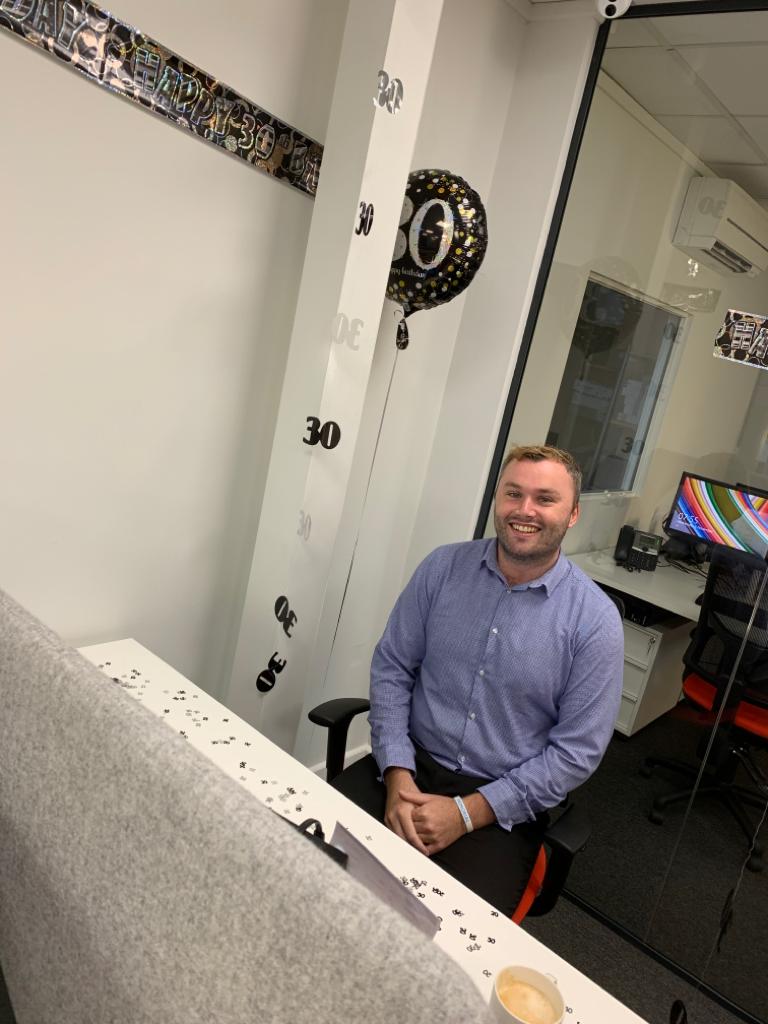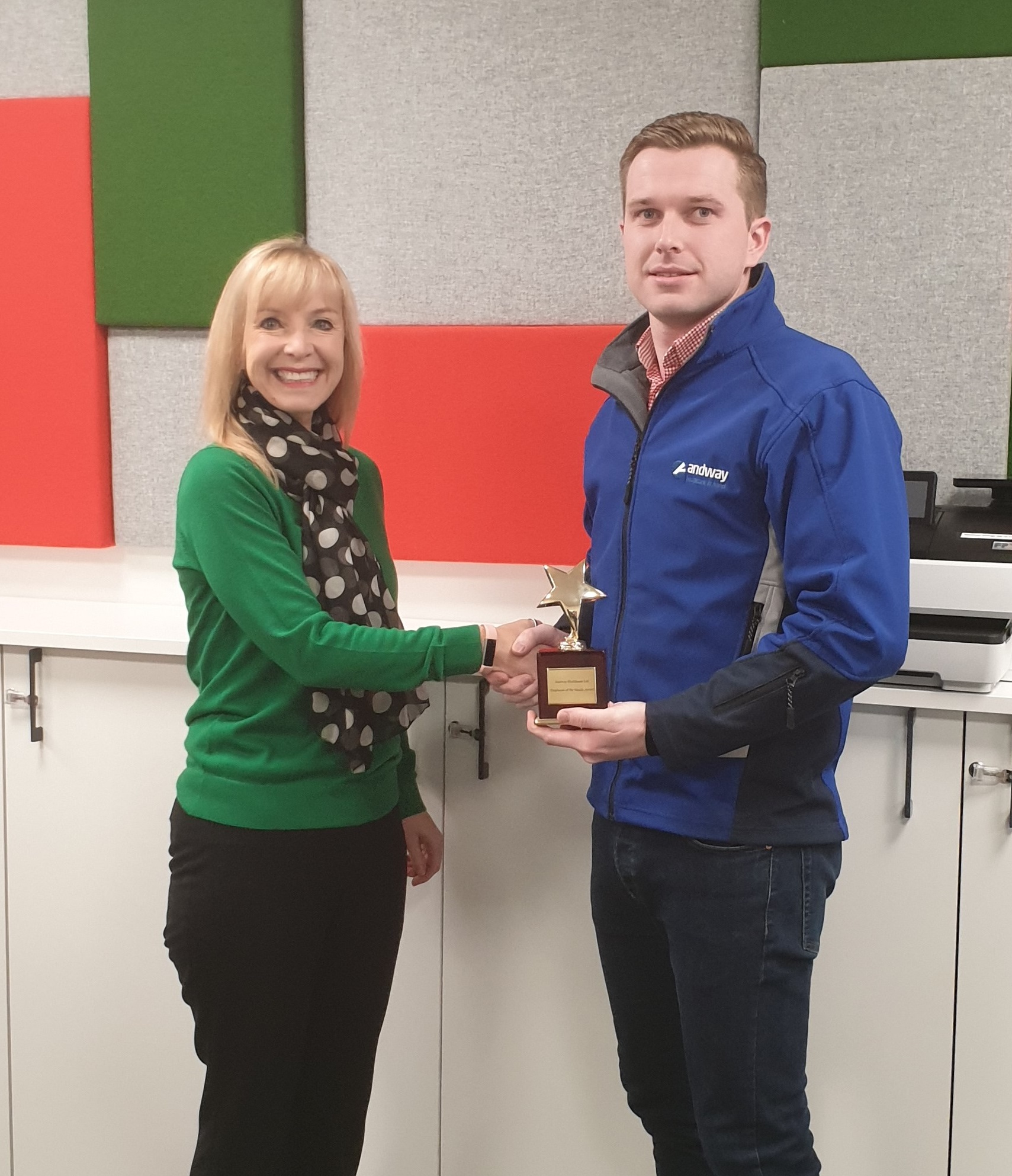HSE LOLER Guidelines
Safe and successful lifting operations depend, in large part, on the continued safety of the lifting equipment and accessories that are used. Failures in this kind of equipment can result in significant or even fatal injuries. Health and safety law therefore places a number of specific obligations on those providing, controlling and using lifting equipment to properly manage these risks.
In addition to the requirements for safe design and construction, all lifting equipment should also be checked and maintained as necessary to keep it safe for use, so:
- users may need to undertake simple pre-use checks (eg on lifting chains and slings), or make checks on a daily basis (eg for lift trucks)
- in some cases, inspections and checks should be made on a regular basis, often weekly, but this may be on a monthly or quarterly basis (eg the checks undertaken by an operator on their crane)
- employers should ensure that lifting equipment is thoroughly examined (normally once or twice a year but, in some cases, this may be more or less frequent)
These checks are necessary to verify that the lifting equipment can continue to be safely used. This page concentrates on thorough examination and inspection, and the reporting and record-keeping obligations of LOLER (regulations 9, 10 and 11).
What is a 'thorough examination' under LOLER?
This is a systematic and detailed examination of the equipment and safety-critical parts, carried out at specified intervals by a competent person who must then complete a written report. This report must contain the information required by LOLER Schedule 1, including:
the examination date:-
- the date when the next thorough examination is due
- any defects found which are (or could potentially become) a danger to people,
Where serious defects are identified, the competent person carrying out the examination must immediately report this verbally to the dutyholder. This should then be followed by the written report, a copy of which must also be sent to the relevant enforcing authority.
What is a 'competent person'?
The term 'competent person' is not defined in law but the LOLER Approved Code of Practice and guidance (paragraph 294 on competent persons) states that:
- 'You should ensure that the person carrying out a thorough examination has such appropriate practical and theoretical knowledge and experience of the lifting equipment to be thoroughly examined as will enable them to detect defects or weaknesses and to assess their importance in relation to the safety and continued use of the lifting equipment.'
Although the competent person may often be employed by another organisation, this is not necessary, provided they are sufficiently independent and impartial to ensure that in-house examinations are made without fear or favour. However, this should not be the same person who undertakes routine maintenance of the equipment - as they would then be responsible for assessing their own maintenance work.
When should thorough examinations be carried out?
In order to verify that lifting equipment and accessories remain safe for use, and to detect and remedy any deterioration in good time, thorough examinations are required throughout the lifetime of the equipment or as follows
- before use for the first time - unless the equipment has an EC Declaration of Conformity less than one year old and the equipment was not assembled on site.
- If it was assembled on site, it must be examined by a competent person to ensure that the assembly (eg a platform lift installed in a building) was completed correctly and safely.
- after assembly and before use at each location - for equipment that requires assembly or installation before use, e.g. tower cranes
- regularly, while in service
- if the equipment is exposed to conditions that cause deterioration which is likely to result in dangerous situations.
Most lifting equipment will be subject to wear and tear and so will need regular in-service examination. Some may be exposed to significant environmental conditions which may cause further deterioration. You have a choice:
- arrange for thorough examination to be carried out at the intervals specified by LOLER (every 6 or 12 months, depending on the equipment) or
- conduct examinations in accordance with an examination scheme, drawn up by a competent person
Following exceptional circumstances - liable to jeopardise the safety of lifting equipment, which may include:
- damage or failure
- being out of use for long periods
- major changes, which are likely to affect the equipment's integrity (eg modifications, or replacement / repair of critical parts)
- What are the specified intervals for regular thorough examinations?
- Unless there is an 'examination scheme' specifying other intervals, thorough examinations should be conducted every:
- 6 months, for lifting equipment and any associated accessories used to lift people
- 6 months, for all lifting accessories
- 12 months, for all other lifting equipment
What is covered by a thorough examination?
This depends on the professional judgement of the competent person undertaking the examination, but needs to include all matters which affect the safety of the lifting equipment, including likely deterioration with time. For most common lifting equipment and accessories, there are industry standard procedures and criteria which a competent person would follow when undertaking thorough examinations and making judgements as to the continued safety of the equipment. Methods used include:
- visual examination and functional checks
- measurements of wear
- (in some cases) traditional NDT (non-destructive testing) and load testing
- Some disassembly or internal examination of parts may also be required.
Where an examination scheme has been drawn up, this should identify and specify:
- the parts to be thoroughly examined
- the methods of examination and testing
- the intervals for examination (and testing of the different parts, where appropriate)
- The scheme should also include details of any other inspection regimes for the equipment.
Examination schemes may be drawn up by any person with the necessary competence. This does not need to be the same competent person who conducts the thorough examination in accordance with the scheme. Although examination schemes do not need to be preserved in the form of a document, it should be possible to produce a written copy when required (eg on request by the relevant enforcing authority, for example CQC). These should be secured from loss or unauthorised modification.
Testing of lifting equipment
Most lifting equipment does not need routine testing as part of the thorough examination - in fact some overload tests can cause damage to lifting equipment. Where testing is deemed necessary, it may not need be undertaken at every thorough examination. The need for, and nature of, testing should be based on an assessment of risk - taking account of information from the manufacturer and other relevant information - as determined by the competent person.
Maintenance and inspection of lifting equipment.
Maintenance of lifting equipment to ensure it remains safe for use is a requirement of PUWER. In some cases - to assist with this, and detect any deterioration so it can be remedied in good time - lifting equipment may need to be inspected between thorough examinations. Such inspections need to be undertaken by suitably trained and competent people, which can often be the lifting equipment operator or maintenance personnel.
The nature, need for and frequency of such inspections should be determined through risk assessment, taking full account of any manufacturer's recommendations.
Lifting accessories do not normally need formal inspection, provided that proper pre-use checks are made and they undergo their standard thorough examination.
Reports and defects
Records should be kept of all thorough examinations and inspections, and of the EC Declarations of Conformity for all lifting equipment and lifting accessories. Examination and inspection records do not need to be kept in hard copy form but you should be able to provide a written copy when necessary (eg upon request by the relevant enforcing authority or when lifting equipment leaves your undertaking -under hire, use elsewhere, or second-hand sale). The records should also be protected from unauthorised alteration. The contents required in a thorough examination report are specified by Schedule 1 of LOLER. There is no longer a defined format or form for such a report, provided that all 11 items listed in the Schedule are included.
Where, following thorough examination or inspection of lifting equipment, a defect is identified - which in the opinion of the person undertaking the examination or inspection - is (or could become) a danger to people, you as user (employer or self employed person) should be notified immediately. You must then take effective action to manage risk by ensuring the lifting equipment is not used until the defect is remedied. Such defects must be confirmed in writing in the report, even if it is remedied immediately (eg by destruction of a sling). The person making the report must also notify the relevant enforcing authority with a copy of the report. Enforcing authorities may follow up such reports to check that risks are being adequately managed.
In some cases, a defect may be identified which does not require the immediate cessation of use of the lifting equipment. In these cases, you must remedy the matter, or not further use the equipment, within the time period specified on the report.
Reports of thorough examinations sometimes contain additional non-statutory observations from the competent person on the condition of the lifting equipment. Analysis of this may provide useful information to manage your lifting equipment.








